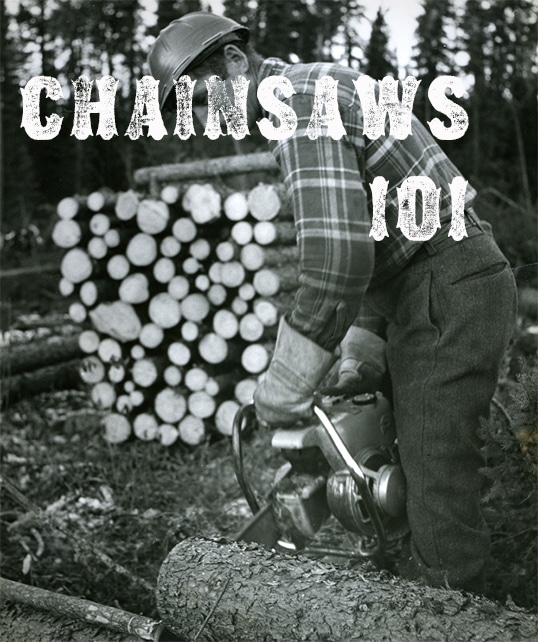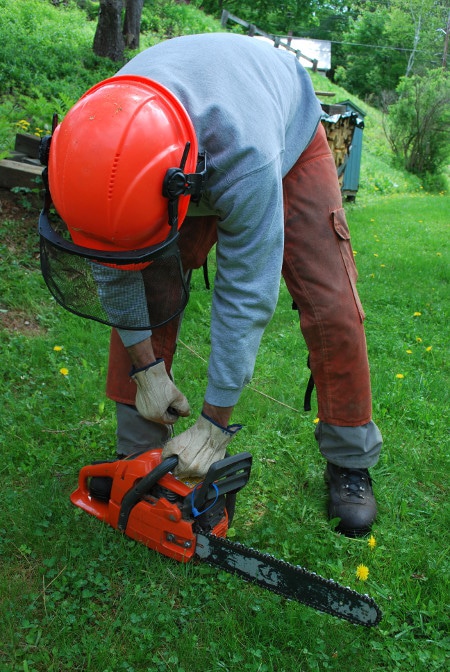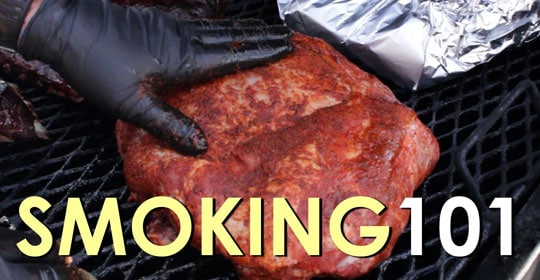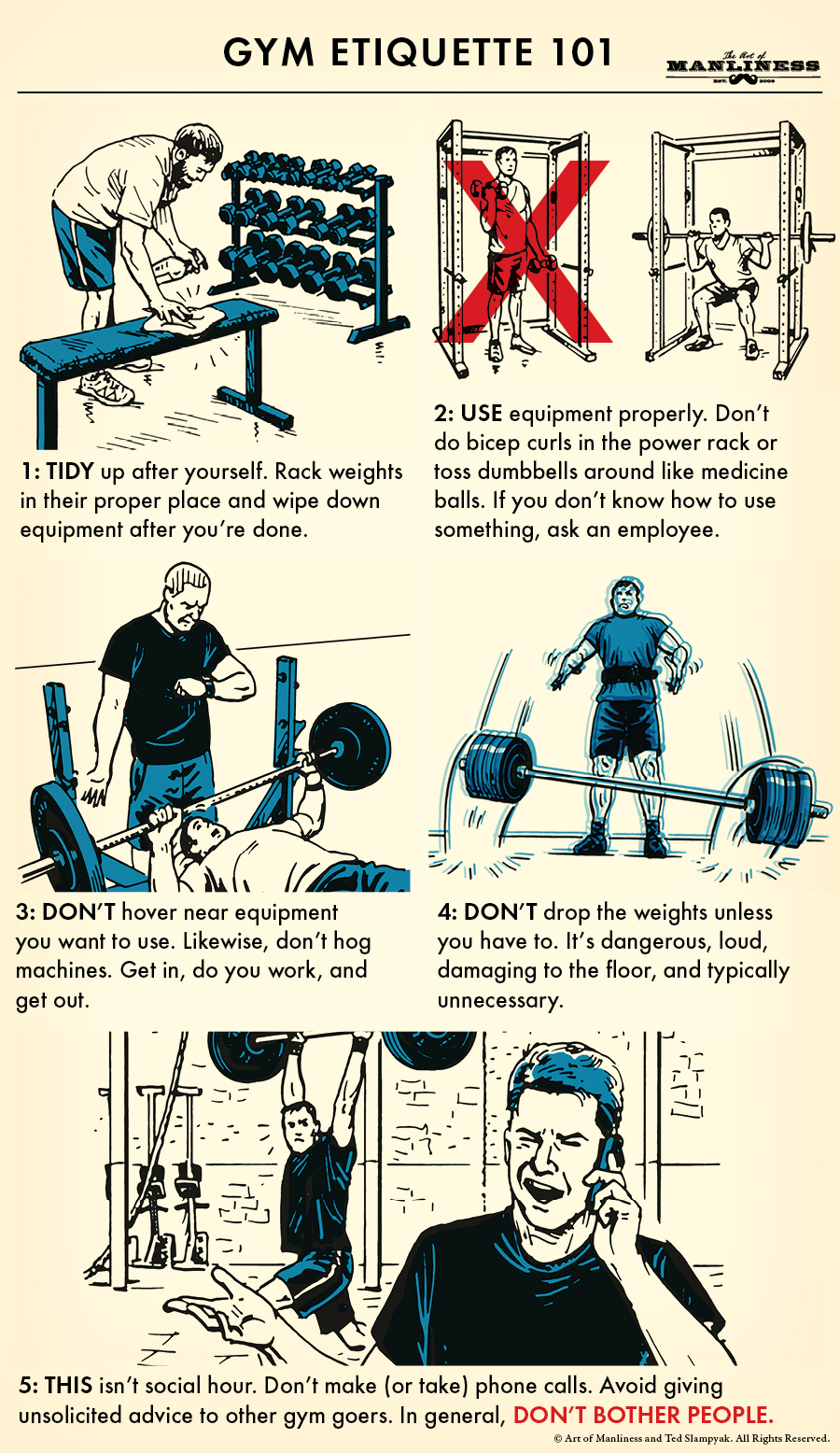
Editor’s note: This is a guest post from Uncle Buzz Surwilo.
So you had a tree service come out to the house and give you an estimate to take down that pine tree that’s shading your wife’s petunias, and the figure that they quoted made you stagger. “Heck,” you thought, “for that much money I can buy a chainsaw and cut that pine down myself. And cut up the wood and sell it to Joe down the street to burn in his wood stove, and actually make money. How hard could it be?”
Hang on there, Paul Bunyan. There’s a good deal about chainsaws you should know before laying waste to the backyard woods.
All tools have some potential to inflict harm. Hammers can mash thumbs and slipped wrenches can inflict skinned knuckles, but chainsaws bring the potential for injury to a whole new level. We are talking about razor sharp (more on that later) metal teeth moving at blinding speed, often just inches from the saw operator’s nice soft flesh. Saws spit out small pieces of wood at high velocity. Branches can be under tremendous tension, and may spring when cut like a rifle shot. An improperly felled tree can, at best, flatten that bed of petunias; at worst, flatten you.
There is skill involved in deftly and safely operating a chainsaw, and a learning curve to become proficient. In fact, I don’t think any experienced saw operators would say that the learning curve ever plateaus. When using a chainsaw, every situation is different, and grasping each of these unique situations builds onto your skill level, as would taking a practical chainsaw operator’s course.
Today we’ll cover the basics of how to operate a chainsaw safely. Tomorrow, because proper maintenance is a key to optimum, injury-free use, we’ll cover how to keep your saw in tip-top condition.
Keep in mind that volumes have been written on chainsaw use, so we’re just scratching the surface here. Plus, it’s somewhat analogous to learning to drive: the written motor vehicle operator’s manual is valuable and necessary, but having hands-on training and the explanations of the driving instructor (or yelling parent) in the passenger seat is far superior. The same holds true for using a chainsaw. This column may be informative, but the way to learn is by doing, preferably with an experienced sawyer showing you the ropes.
With that said, let’s talk about how to use a chainsaw without buzzing off your leg.
Chainsaw Safety Basics

Personal protective equipment. Let’s start with the basics: your personal protective equipment or PPE. Any time that you operate a chainsaw you really need to wear eye protection, ear protection, good sturdy boots, long pants, a long sleeve shirt, gloves, and chainsaw chaps. Especially when felling — putting an upright tree on the ground — a hard hat is a great idea. Yeah, it seems like overkill if you are just going to cut up a few limbs that came down in last night’s high winds, and you may hear snickers from the neighbors, but full PPE is a good habit to get into, as nonchalance can be tragic.
I like to use a chainsaw helmet with an attached flip-up, mesh face shield and flip-up ear muffs. I find it very comfortable on my noggin and like being able to just flip the ear muffs up, rather than deal with the little foam hearing protectors that I always lose, never stay in, and don’t work for beans.
Chainsaw chaps are worth their weight in gold. How they work is so: There are multiple layers of Kevlar (yup, the same stuff as bulletproof vests) beneath the nylon outer shell. If the saw chain hits and penetrates the shell, the Kevlar first resists the cutting action, but then the fibers are pulled into the saw’s sprocket, stopping the spinning chain in just a few seconds. Not to be too graphic, but realize how fast a chainsaw can go through wood, then imagine what it could do to a person’s unprotected leg. Like I said, chaps are worth their weight in gold.
Creating a safe environment. Before you begin any cutting, check the environmental safety of the specific situation. Particularly with felling, look up, look down, look around. Is there an escape route for you to take for when the tree falls? Is there a clear path for the tree to fall? If it goes in an unintended direction, what would be the consequence — the doghouse gets it, or the power line? Is the tree weakened by bugs or disease? Is the wind blowing from the direction that you want the tree to fall? In the end, ask yourself if you are comfortable with the sawing task at hand, and don’t be afraid to say “no.” In fact, if you are seriously concerned about the risk, you probably should bite the bullet and call the tree service guy back.
Using the Chainsaw

Chainsaw operations are basically divided into three tasks: limbing, bucking, and felling. Limbing is the removal of branches from a downed tree. Bucking is cutting the trunk of the downed tree to length. And felling is cutting an upright tree in a controlled manner so that it falls where expected, and hopefully that’s in a good place! Remember the lingo for conversations around the office water cooler, and you’ll impress your co-workers: Unless you are like a young George Washington with your trusty ax, a tree is never “chopped down,” but “felled,” just as firewood is not chopped, but split. Save chopping for how to prepare onions for your home fries.
For specifics on how to limb, buck, and fell, check out this primer.
Below are safe usage guidelines and techniques to employ regardless of which job you’re tackling:
Before you begin. We’ll discuss maintenance in some detail tomorrow, but for now, before you start the saw, make sure everything is in working order with a quick check of the controls, handles, bar, and chain sharpness and tension. It may seem obvious, but fill both the gas and bar oil reservoirs each time that you use the saw, even if you are only going to cut for a few minutes. It is a good habit to get into to ensure that the saw will never run out of lubricating oil while it’s being used. Saws are designed to run out of a full tank of fuel before running out of a full tank of bar oil. Why? Running out of fuel is no big deal, just fill the tank again and the saw is good to go. But running out of bar oil causes friction and heat enough to seriously damage the saw.
Fill the saw with fuel and oil while the saw is on the ground, not on the ungrounded tailgate of a truck. And be sure that the saw is not hot when fueling. Of course, don’t smoke while fueling…well, just don’t smoke, period.
Starting the saw. There are two methods to safely start a chain saw: on the ground and, yes, between your legs. For both, first make sure that the chain brake is engaged (push the handle forward), that the choke is closed (“on”), and that the start switch is on. My saw has a little primer button that I need to press a few times, but not all saws do.

For ground starting, place the saw on the ground, grip the handlebar with your left hand, place your right toe in the handle where the throttle trigger is, and pull the starter rope. After a couple of pulls, the saw should pop but not start. Disengage the choke, and pull the starter rope again. The saw should start right up.

To start the saw between your legs, place the rear of the saw against your right leg, tilting it towards the right, and sort of squeeze the saw with your left leg. Follow the starting procedure above.
Vroom! The saw started! Tap the throttle trigger to set the saw to an idle, and it should be purring like a kitten.
Handling the saw. Some common sense rules apply to how to handle a chainsaw, regardless of what you’re using it for. Maintain good footing, watch for tripping hazards, and keep a good balance by not overreaching with the saw running or getting into some weird body contortion. Keep your left hand firmly around the front handle, including the thumb. (My saw instructor reminded us that we “were operating a saw, not driving a car,” as you tend to rest your thumb on the handle, rather than wrapping it around.)

Dealing with kickback & pinching. If you dimly remember physics class, you may recall that for every action there is an equal and opposite reaction. Saw kickback is a demonstration of that principle (Or is it a law? Theory? Hypothesis? I forget.), and occurs when the top corner of the bar tip hits some unforgiving object or is pinched. When that happens, the energy of the saw forces the bar up and towards the operator with terrific speed and power — faster than the user can react. The first line of defense against kickback is never to engage the saw with the upper corner of the bar — be aware of the position of the tip at all times. Otherwise, practice good operating techniques: a firm, two-handed grip on the saw; a balanced stance; a sharp, tensioned chain; and being alert to situations when the bar may be pinched by the wood that is being cut through.
“Pinching the bar” is a good segue into the directional pressures present in the limb, log, or standing tree that dictate how the saw operator will approach the cut. These pressures — tension or compression — are present to varying degrees in every limb, log, or tree. Tension is when the force present causes the wood fibers to be stretched apart, and the kerf — the groove in the wood made by the saw — will tend to widen as the cut deepens. Compression is the opposite: the pressure on the log or tree is pushing the fibers together which, in turn, will cause the kerf to narrow as the cut deepens, and if the operator is not alert, pinch the bar and violently stop the chain’s spinning. The best advice that I can give is to take a moment before cutting to size up the situation. Think, “This log is suspended between two high points of ground; where is the bind, and where should I cut?” Or, “This limb is really bent by the adjacent tree and under great tension. If I cut it, will it spring back towards me?” Often an operator can detect a slight opening or closing of the kerf as the cut deepens. The kerf opening means full speed ahead, a kerf beginning to close means pull the saw out and cut from the other side, if possible.
Tomorrow we will turn to the subject of maintenance.
______________________
Buzz Surwilo has been cutting his own firewood for years, is a Wildland Firefighter Type 2 (FFT2), recently completed training for Sawyer B certification, and still has all his body parts intact.
Photographs by Deborah Johnson-Surwilo







